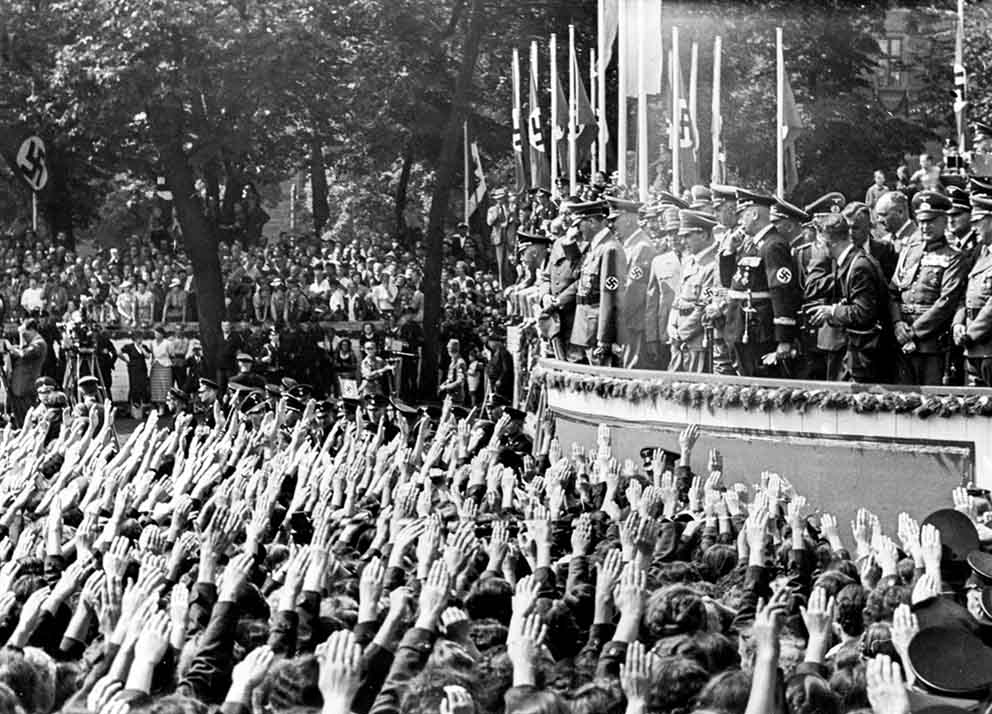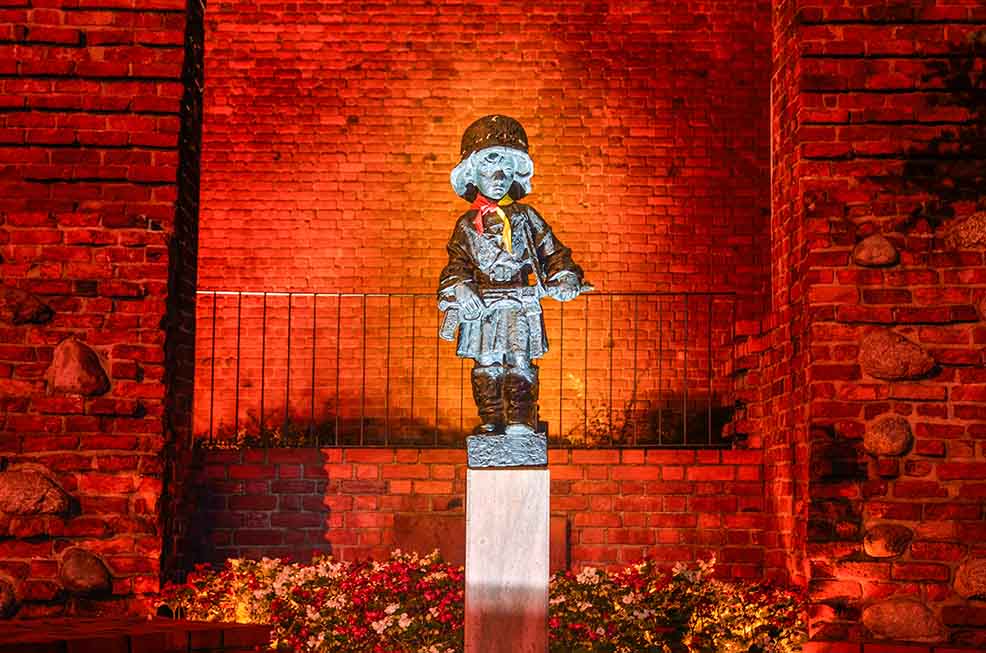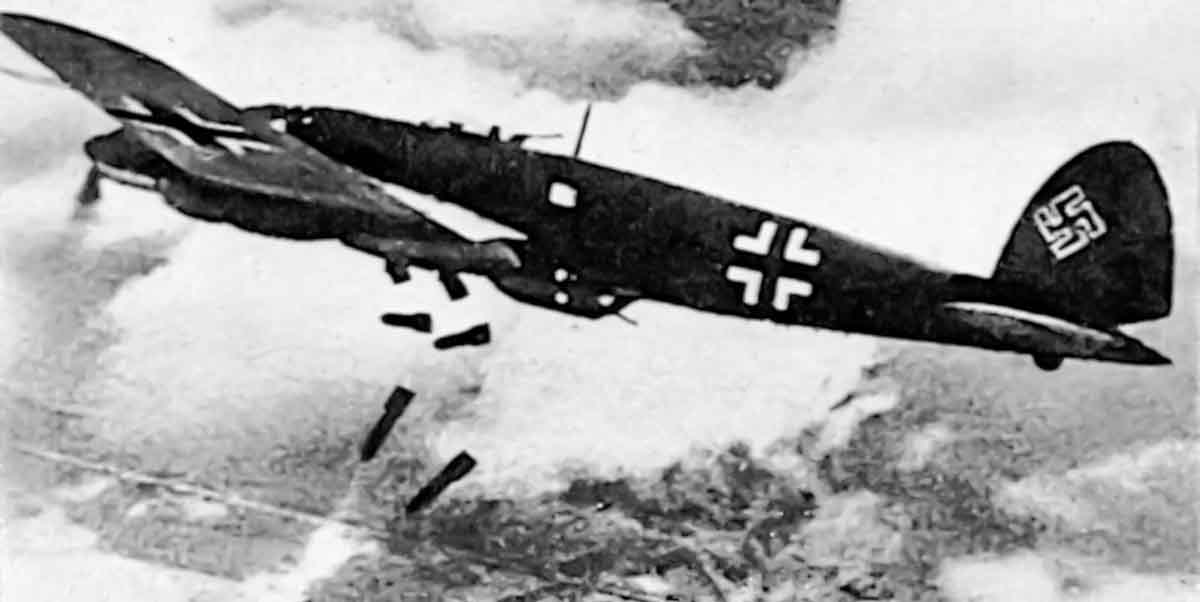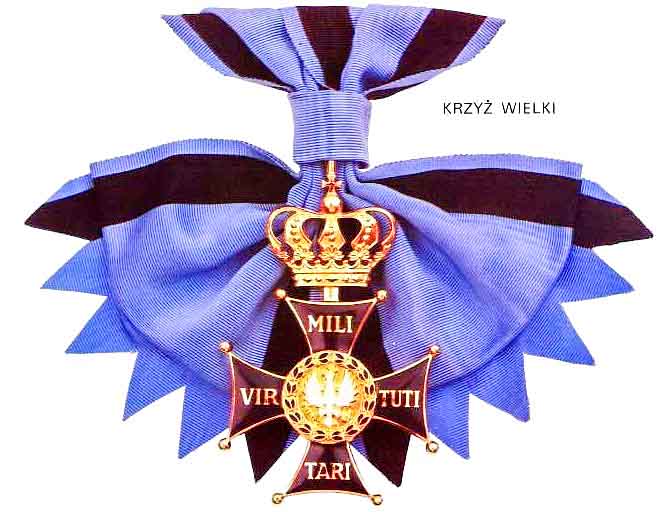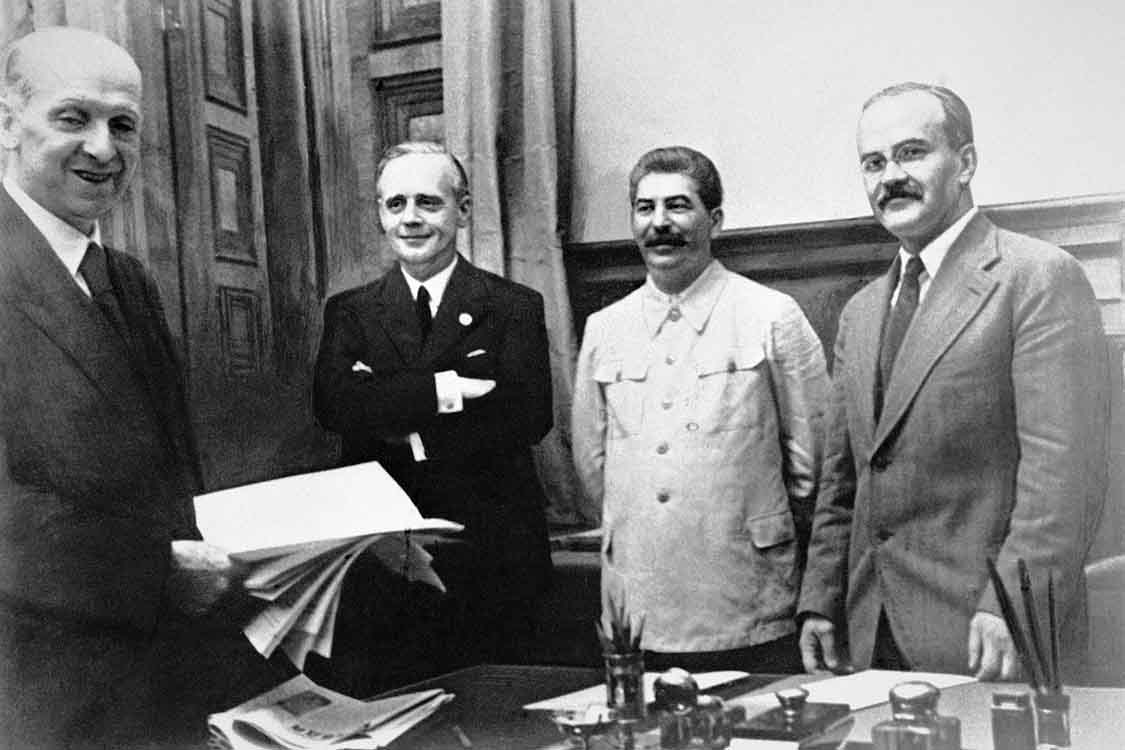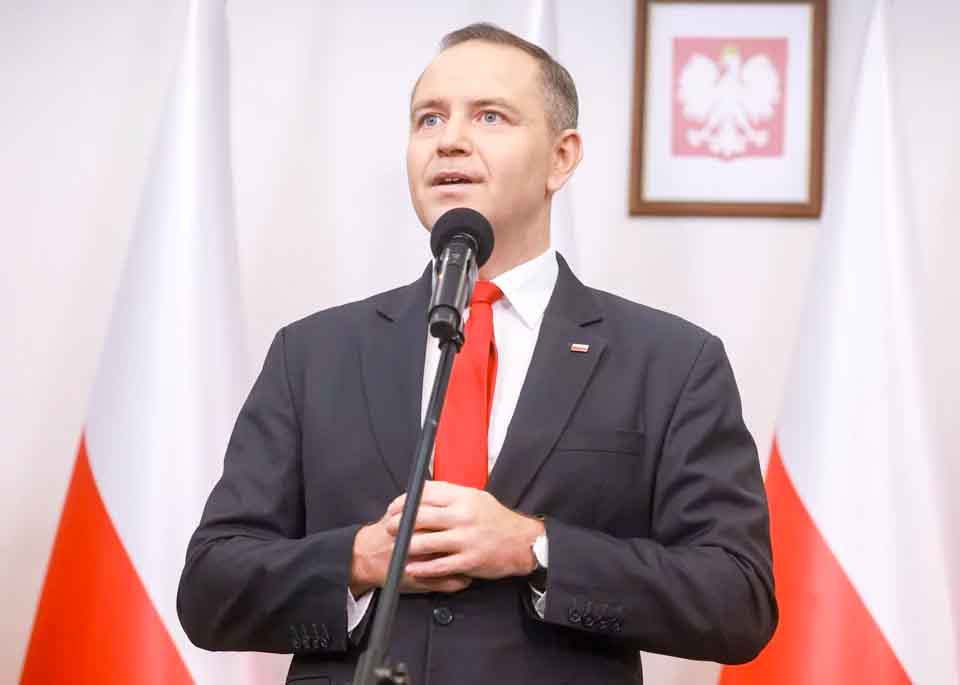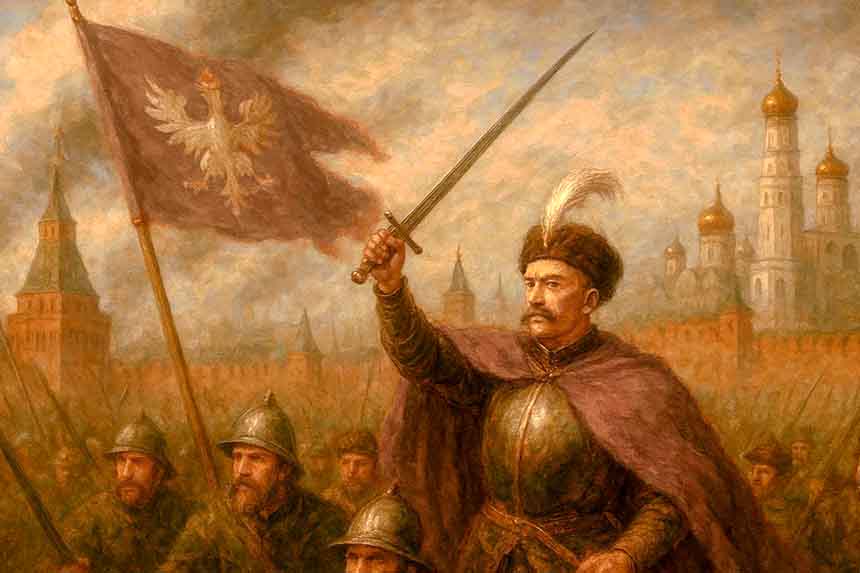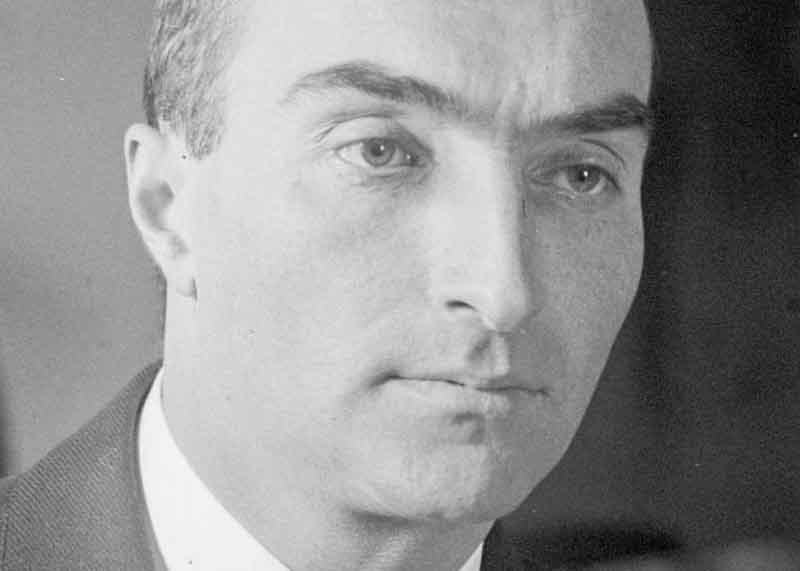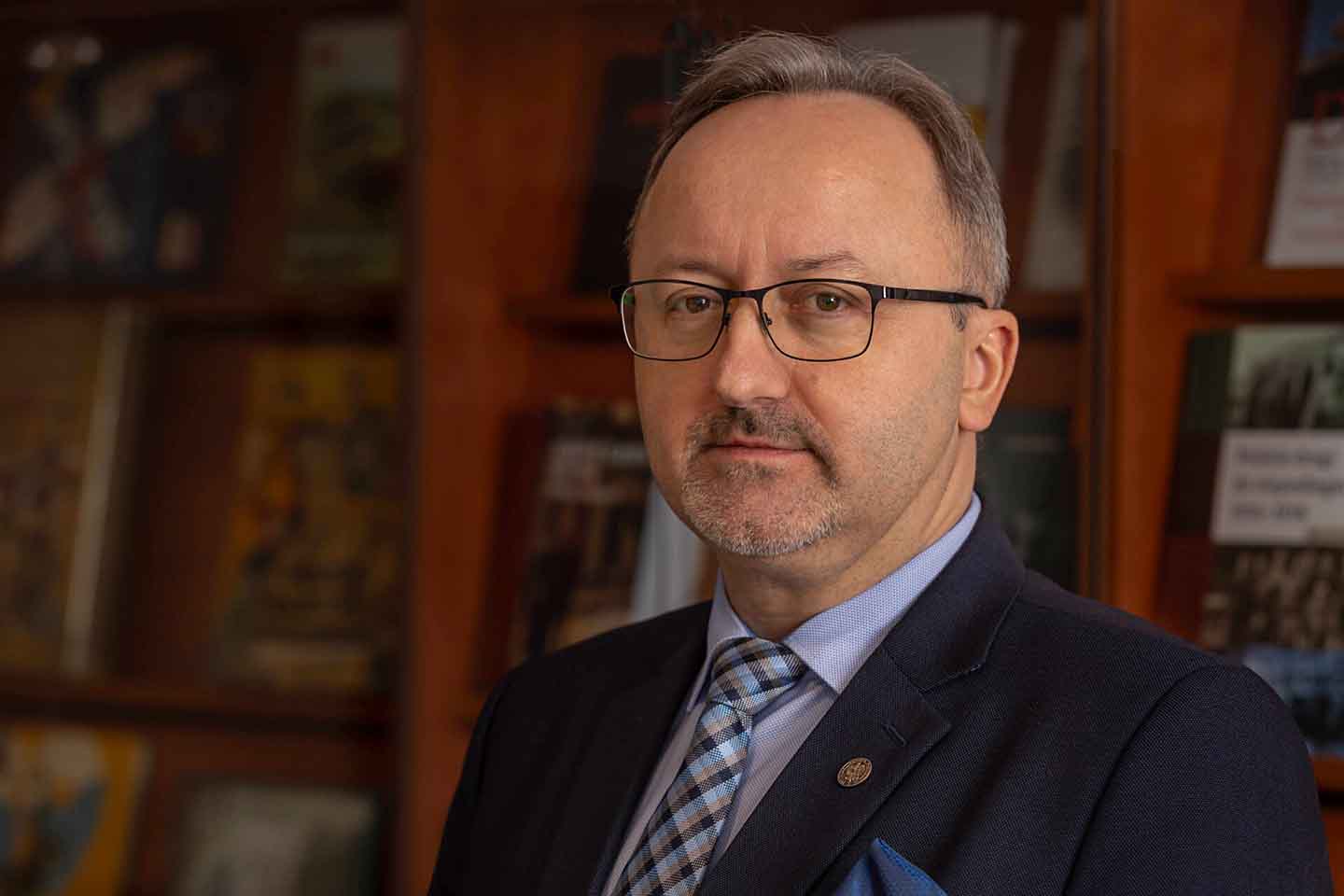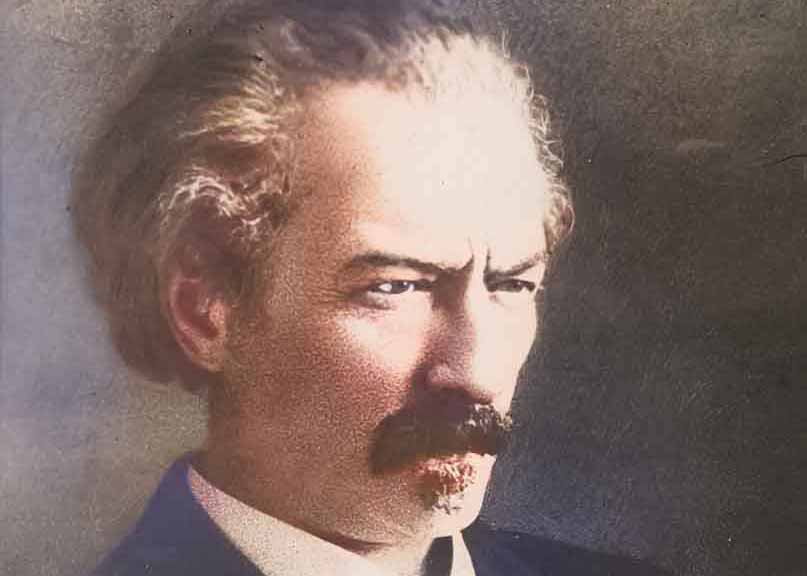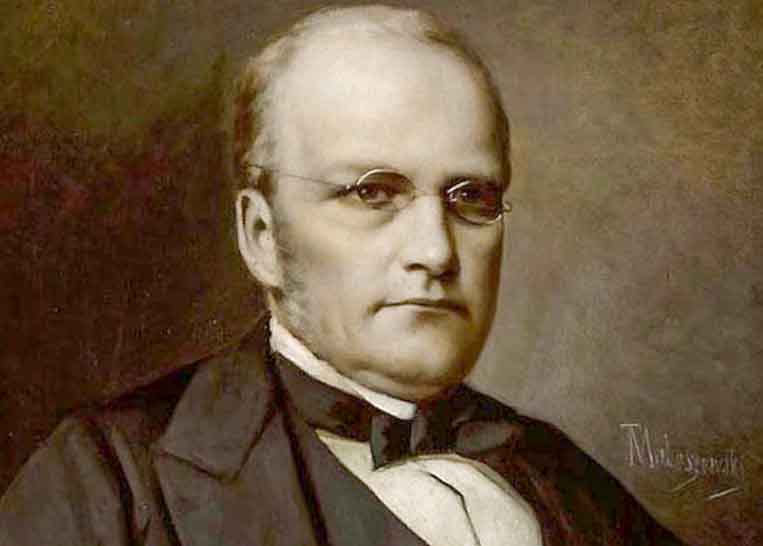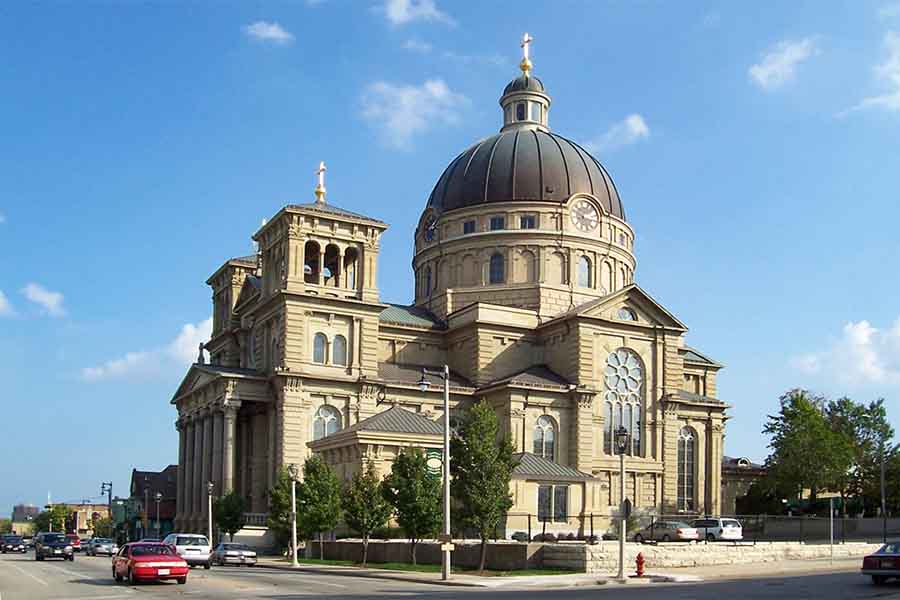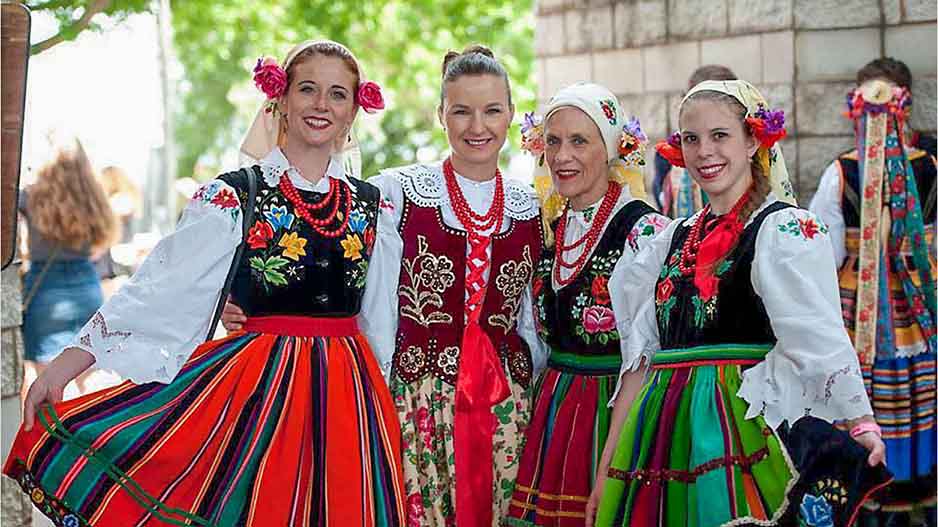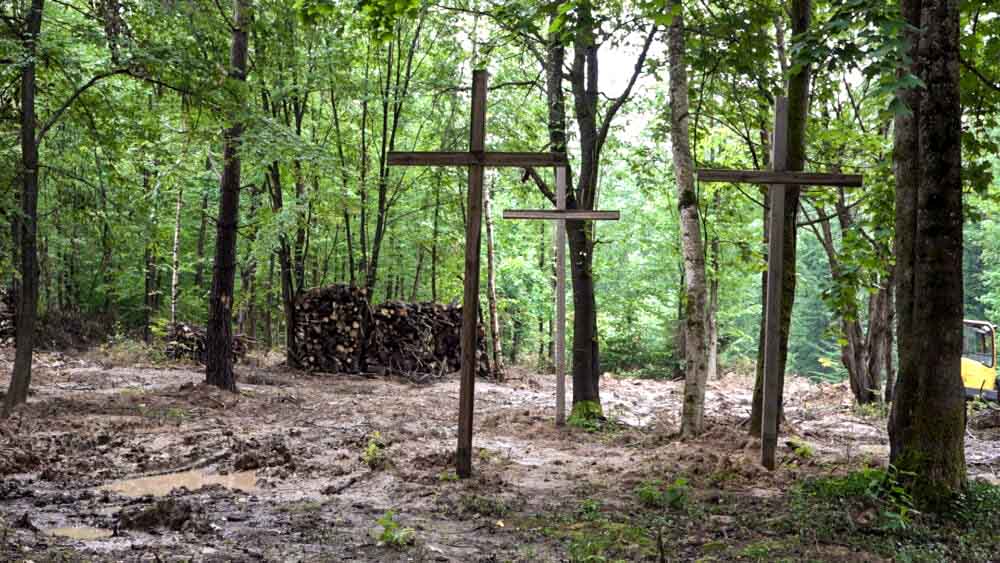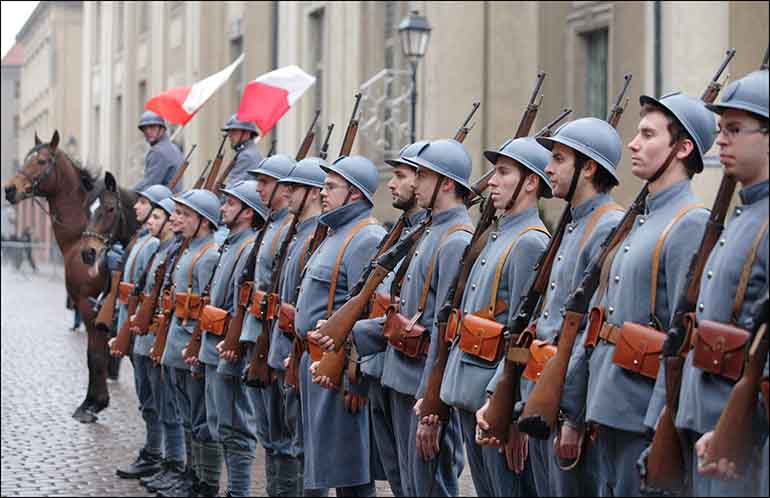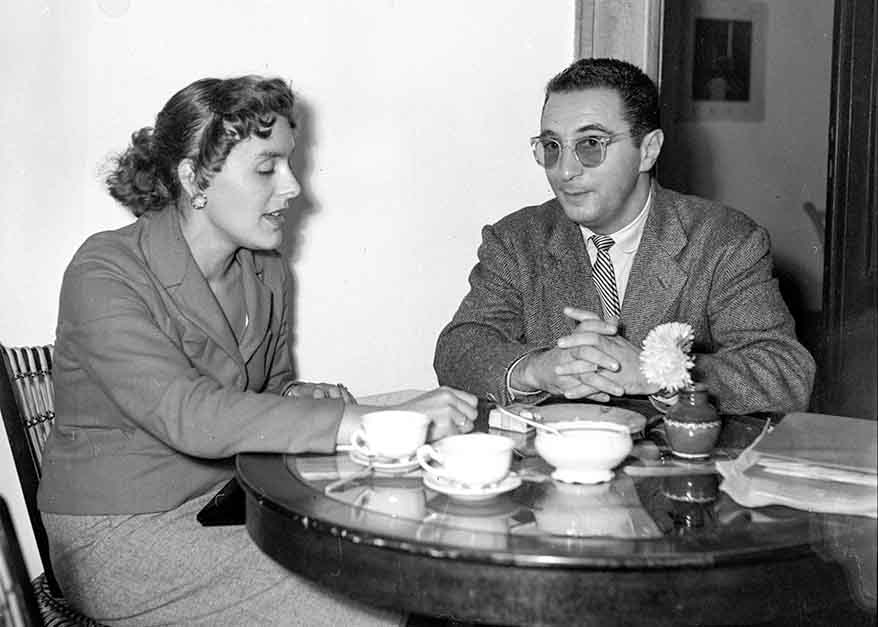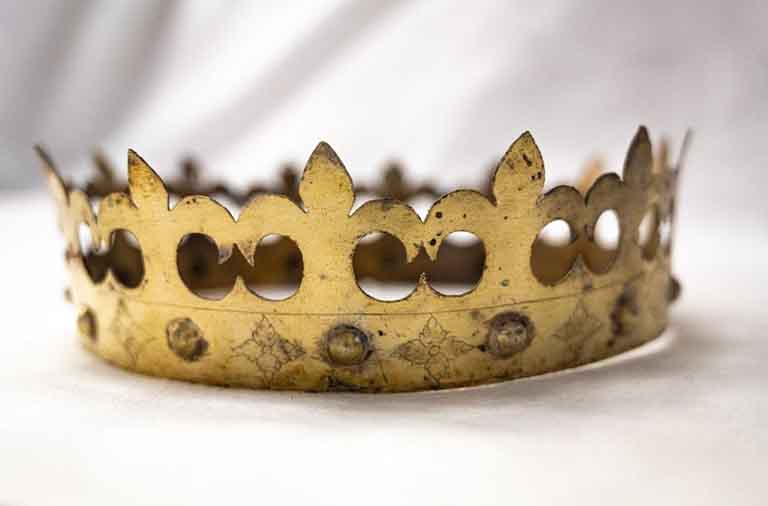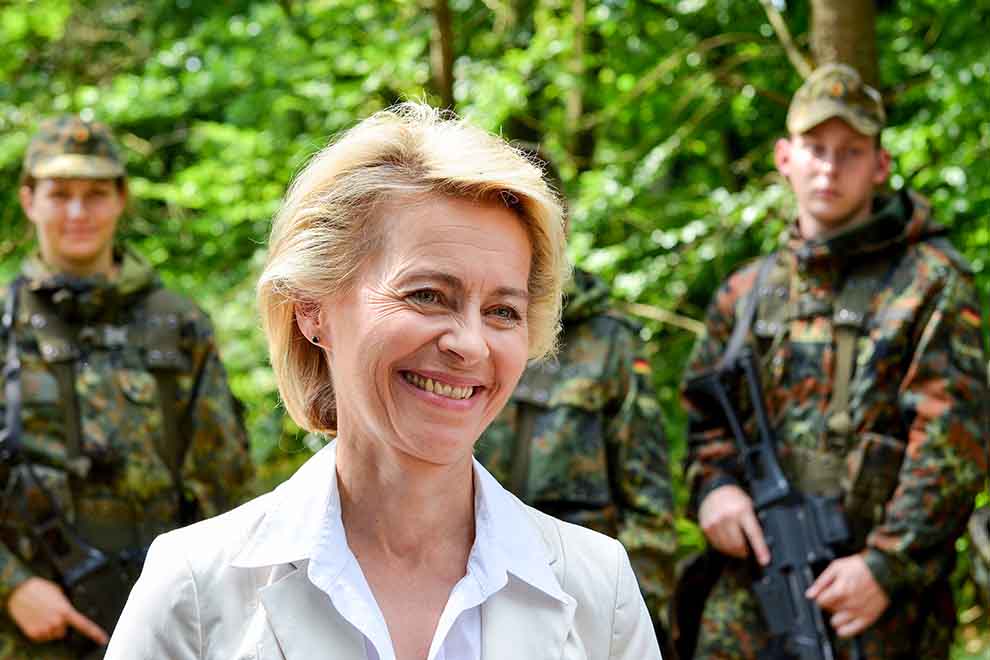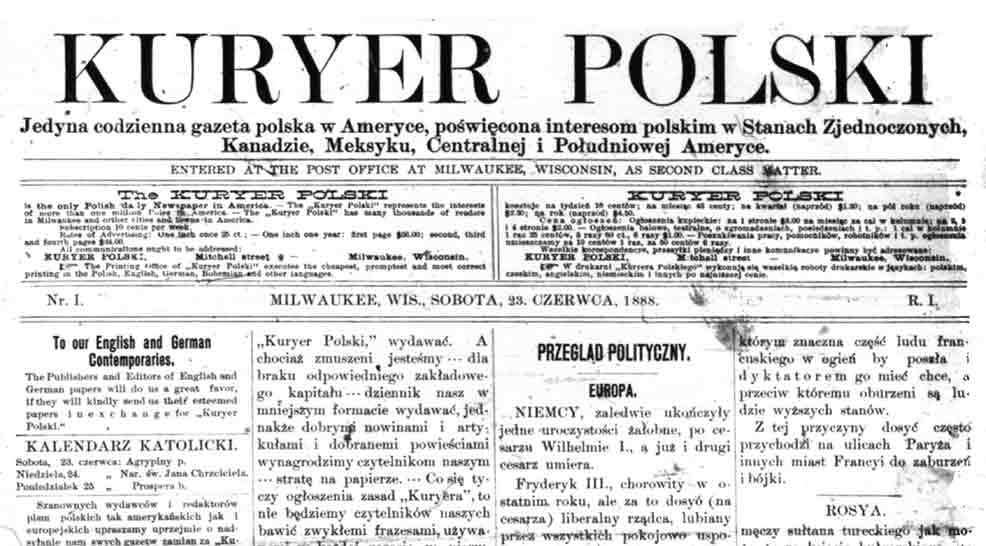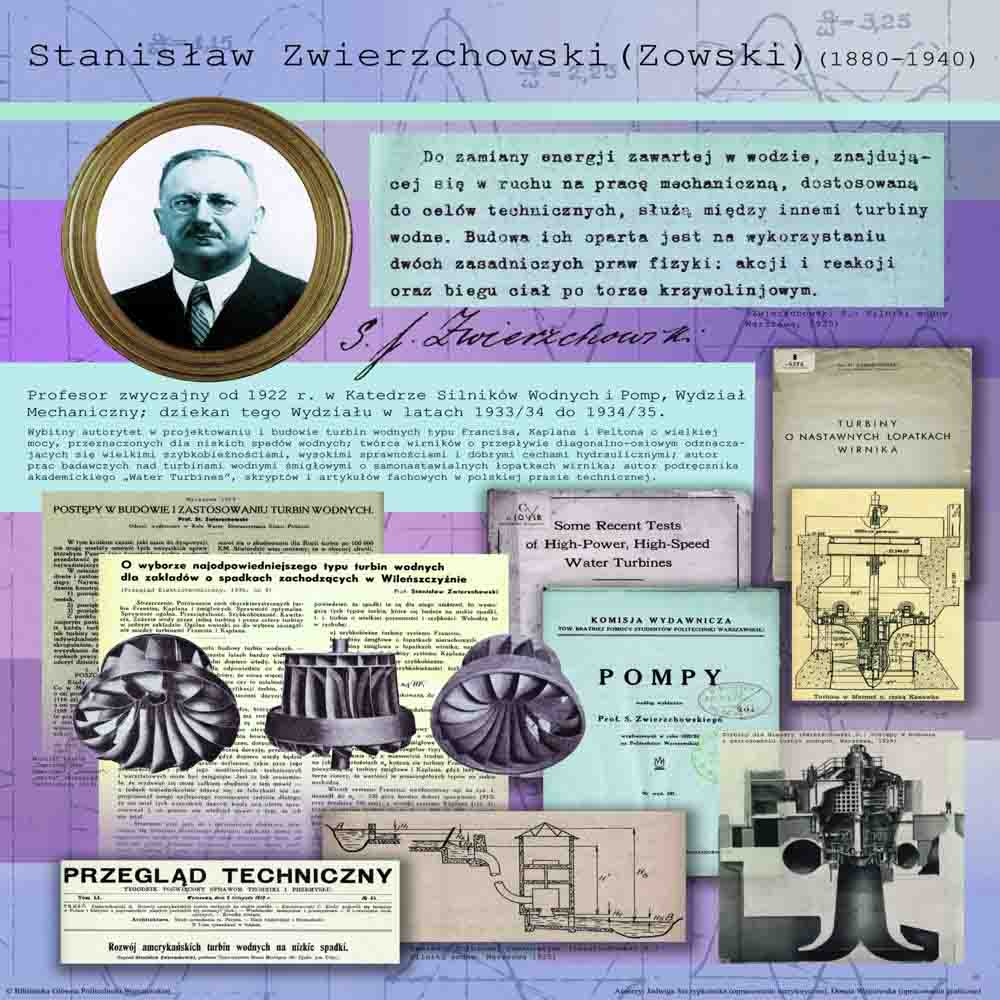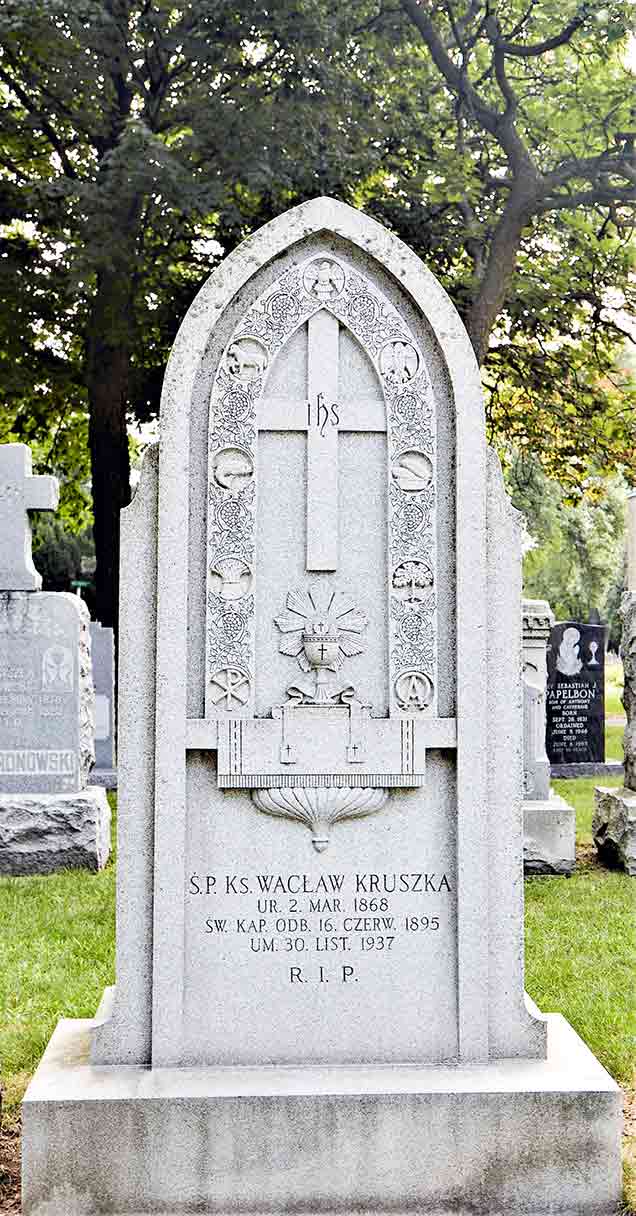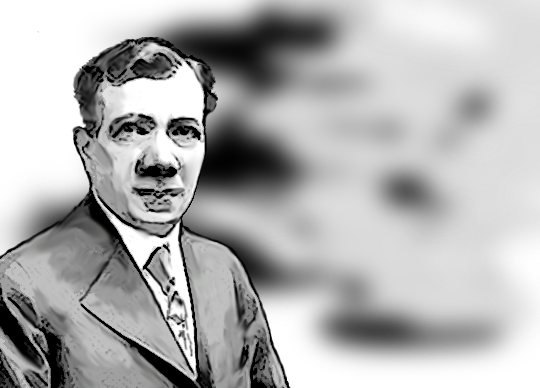Poles in pre-war Wrocław, then called Breslau, had a difficult life. Radical racist and nationalist views spread rapidly among the local Germans, leading to the persecution of all non-German social groups. Admitting one's Polishness was an act of great courage.
Read more... Reading time 4 min.The Little Insurrectionist Monument in Warsaw's Old Town is not only a symbol of remembrance for the youngest participants of the Warsaw Uprising, but also the extraordinary story of the sculpture itself, its creator, and the scouts who led to its creation.
Read more... Reading time 4 min.Poland was doomed to confrontation with the Third Reich and the Soviet Union – a consequence of the policies of the great powers and the balance of power in Europe. It could only slightly hasten or delay this moment. However, in no way could it avoid tragedy.
Read more... Reading time 5 min.On June 22, 1792, King Stanisław August Poniatowski established a new decoration – the Virtuti Militari Order. The order could only be awarded for military merits during the war, or no later than five years after one ends.
Read more... Reading time 4 min.The Iron Curtain that separated the Western and Eastern worlds after World War II was the "adopted daughter" of the Stalin-Hitler agreement of August 1939.
Read more... Reading time 5 min.A new political system is emerging, with President Karol Nawrocki at its helm. It will likely be based on a broad coalition of various parties, groups, groups, and non-political professionals.
Read more... Reading time 6 min.Iga Świątek only recently turned 24, yet for several years now she has been among the elite athletes in Poland. Her exceptional talent, combined with extraordinary diligence and humility, and professional coaching, has yielded astonishing results. Our most outstanding contemporary tennis player won Wimbledon this year.
Read more... Reading time 5 min.On September 29, 1610, Polish-Lithuanian Commonwealth troops under the command of Hetman Stanisław Żółkiewski entered Moscow. By October 9, a Polish-Lithuanian garrison occupied the Kremlin. How did this happen, and why wasn't Russia ultimately conquered?
Read more... Reading time 5 min.The statement of Jan Ciechanowski, Ambassador of Poland, dated July 5, 1945, on his resignation as a result of the withdrawal of recognition of the Constitutional Government of Poland by the United States.
Read more... Reading time 7 min.Rather, it is an obligation arising from identity, beliefs and readiness to act – regardless of where one lives.
Read more... Reading time 15 min.On July 1, 1569, the historic act of the Union of Lublin was signed, a document sanctioning a real union between the Kingdom of Poland and the Grand Duchy of Lithuania.
Read more... Reading time 3 min.Ignacy Jan Paderewski was an outstanding pianist and composer, a passionate patriot and statesman, a philanthropist and social activist. His involvement in the Polish cause was absolutely selfless. He has permanently inscribed himself among the people who made the greatest contribution to Poland's regaining of independence.
Read more... Reading time 10 min.206 years ago Stanisław Moniuszko was born, composer, conductor, music teacher; creator of the Polish national opera, author of, among others, "The Haunted Manor" and "Halka" and 268 songs.
Read more... Reading time 4 min.Good ideas are never enough. If the beautiful renaissance of American Polonia is to become a reality, resources and funding will be needed on a scale that will prevent Polonia from being remembered as only “the lost tribes” of Poland.
Read more... Reading time 9 min.In a survey of nearly 1,800 Polish Americans, the Piast Institute sought to create a basic profile of the Polish American community, including their demographics, income levels, and political views. We were interested in finding out how Americans, particularly young Americans, perceive us.
Read more... Reading time 3 min.In the former Polish village of Puźniki in the Ternopil region of Ukraine, exhumation work began on April 24 of the victims of UPA crimes. The first exhumations of Poles murdered by Ukrainian nationalists since 2017 are the result of many years of work by the Freedom and Democracy Foundation (WiD) based in Warsaw.
Read more... Reading time 8 min.On June 4, 1917, the Polish Army in France was established. In 1960, also on June 4, its commander, General Józef Haller, died. The history of this formation shows how important for Poland is the connection with the Polish diaspora and Poles living in exile. Without them, regaining independence after World War I and defending it in the years 1919-1921 would have been impossible.
Read more... Reading time 5 min.There was freedom in him. Freedom of thought, speech, views and lifestyle. He demonstrated it boldly and brilliantly in Poland, America, wherever he found himself. One hundred and five years ago, on May 16, Leopold Tyrmand, a writer, publicist, critic of communism, was born in Warsaw.
Read more... Reading time 5 min.In the basement of the Vilnius Cathedral, a secret hiding place was discovered with the burial insignia of the rulers of Lithuania and Poland: the King of Poland and Grand Duke of Lithuania Alexander Jagiellon, the first wife of Sigismund Augustus Elizabeth of Habsburg, and his second wife Barbara Radziwiłł. The treasures were wrapped in pre-war Polish newspapers.
Read more... Reading time 3 min.The General Court of the European Union has ordered Ursula von der Leyen to disclose text messages exchanged with the head of Pfizer regarding the purchase of COVID-19 vaccines for billions of euros, which triggered the scandal known as "Pfizergate" and undermined trust in the transparency of the European Commission's actions and the president herself, who for years had avoided responsibility for the shadiness of this transaction.
Read more... Reading time 9 min.The heliocentric theory, articulated in Nicolaus Copernicus's ‘On the Revolutions of the Celestial Spheres’ (1543), was dedicated to Pope Paul III. However, it took nearly two centuries for the scientific community to fully recognize his revolutionary ideas.
Read more... Reading time 4 min.Support Us!
We are a group of independently-minded Polish-American patriots. Support our efforts to inform, integrate, and unite Polonia and Poland, to promote and defend the good name of Polonia and Poland, and to connect Polonia and Poland into a web of empowerment across the world!Write for Us!

Submit your article proposal. We are always looking for new material!
Waldemar Biniecki
The original Kuryer Polski was the first Polish daily newspaper printed in the United States. Its founder was Michał Kruszka who published the newspaper in June 1888 in Milwaukee, Wisconsin.
Read more...Stanisław Zwierzchowski was born on April 27, 1880 in Śrem in Wielkopolska (Greater Poland), under the Prussian partition. He graduated from gymnasium in his hometown and technical studies in Berlin-Charlottenburg. In 1905. with a mechanical engineering degree, he came to Poznań and did an internship at the Hipolit Cegielski Factory. Following the footsteps of his countrymen, he went to the United States for further studies and quickly found a job as a structural engineer at the Allis Chalmers Co plant in Milwaukee.
Read more...Kuryer Polski was born in hardship and uncertainty, after all, its creator - Michał Kruszka, had already had two unsuccessful publishing attempts behind him. At the beginning of Kuryer's way, Michał was a truly Renaissance figure - the creator and executor of his idea. Soon he was supported in the implementation of his project by two brothers who came from Słabomierz - Józef and Wacław.
Read more...Part I - Michał Kruszka
Katarzyna Murawska
Historical documents confirm that the Polish people have always been associated with America. The list of great Poles who made an impact throughout the history of the United States is long. It begins with the semi-legendary “John of Kolno” who supposedly came to this continent 16 years before Columbus.
Read more...


